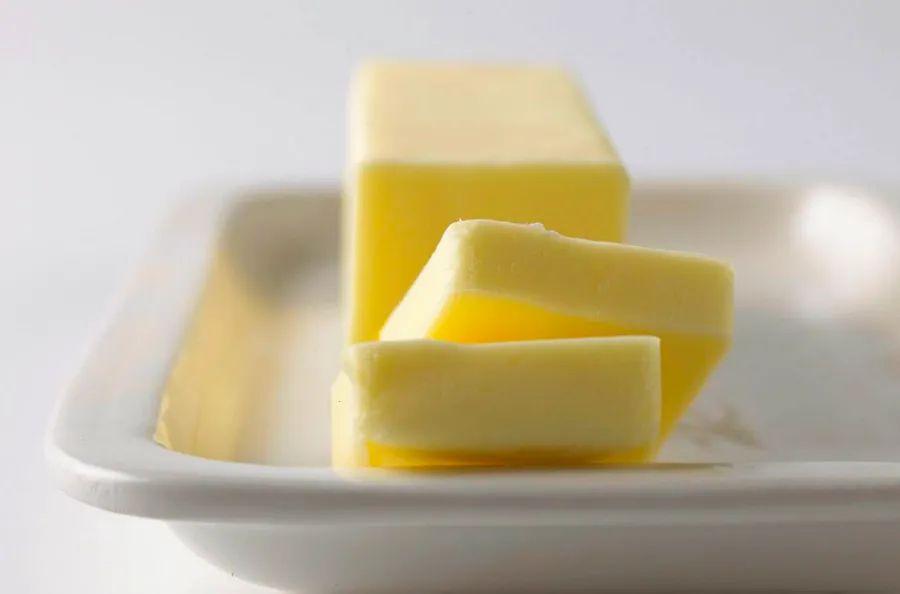A Guide to Swapping Butter and Oil in Your Cooking

Butter and oil are kitchen essentials that every cook and baker should have on hand. While they can often serve similar roles, they aren't always interchangeable. Wondering if you can swap butter for oil? Absolutely! Here's what to consider when making the switch.
How to Use Butter Instead of Oil in Baking

Swapping butter for oil (and vice versa) requires more than just a simple one-to-one replacement. Follow these easy-to-follow steps for flawless substitutions every time:
Swapping Oil for Butter
Substituting butter for oil is a breeze with a simple 1:1 ratio. This method works well with oils like olive, canola, vegetable, and coconut. Just melt the butter and let it cool to room temperature, then proceed with your recipe. (For example, if the recipe calls for ½ cup oil, use ½ cup melted and cooled butter.)
Swapping Butter for Oil
Want to replace butter with oil? It can bring extra flavor and moisture to your baked goods. A good rule of thumb is to substitute ¾ of the butter in a recipe with olive, canola, or vegetable oil (for 1 cup butter, use ¾ cup oil). For coconut oil, you can stick with a 1:1 ratio.
Before swapping butter for oil in your baking, there are a few key factors to keep in mind:
- In many recipes (particularly certain cakes), butter is required because it adds structure. When you cream butter and sugar for a cake, you're whipping up lots of tiny air pockets that work with baking powder or baking soda to create a fluffy yet sturdy texture. If you were to use exclusively oil, the cake would turn out much denser than you may have intended.
- If you're unsure, it's safest to use a 50/50 combination of butter and oil instead of replacing the butter completely. This way you'll get the added moisture from the oil without sacrificing the structural integrity that butter provides.
How to Swap Butter for Oil in Cooking

You can certainly swap butter for oil (and vice versa) while cooking. However, since butter contains water and milk solids, the substitution isn't always straightforward. Keep these helpful tips in mind when using butter in place of oil:
- Sauteing or pan-frying? Let the butter bubble, melt, and settle on low heat before adding other ingredients. This allows the fat to get hot enough while cooking out some of the moisture.
- Don't try to stir-fry using regular butter instead of oil, as it won't stand up to the high heat. Try clarified butter or ghee instead.
- For high-heat roasting, opt for clarified butter or ghee.
Evaluation :
5/5



